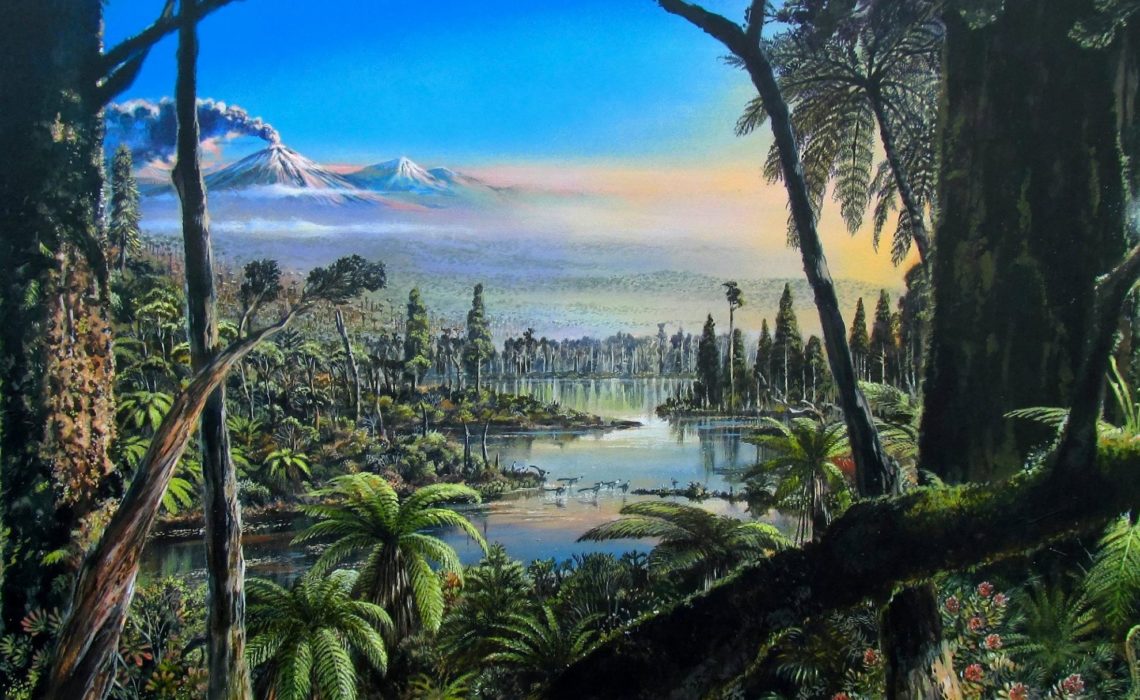
You might also like:
Experts say they have found evidence of Antarctica once being as warm as New Zealand during the days of the dinosaurs, and covered in dense vegetation.
A team of researchers from the UK and Germany has found forest soil from the Cretaceous period, within 900 kilometres of the South Pole, indicating the world once was a lot warmer than previously thought.
The mid-Cretaceous period – approximately 115 to 80 million years ago – was the heyday of the dinosaurs.
The discovery of the ancient forest in Antarctica has been published in Nature journal.
“The preservation of this 90-million-year-old forest is exceptional, but even more surprising is the world it reveals,” says co-author Professor Tina van de Flierdt, from the Department of Earth Science & Engineering at Imperial.

“Even during months of darkness, swampy temperate rainforests were able to grow close to the South Pole, revealing an even warmer climate than we expected.”
The team’s discovery came after drilling into the seabed near the Pine Island and Thwaites glaciers in West Antarctica and extracting sediment.
One section caught the researchers’ attention with its strange colour, and the team CT-scanned it.
They discovered a dense network of fossil roots, which was so well preserved that they could make out individual cell structures, including countless traces of pollen and spores from plants.
The scientist says it shows evidence of a temperate rainforest south of the Antarctic Circle 90 million years ago, such as would be found in New Zealand today.
This was despite a four-month polar night, meaning for a third of every year there was no life-giving sunlight at all.
The presence of the forest suggests there was unlikely to be an ice cap at the South Pole at the time, and carbon dioxide concentration in the atmosphere was far higher than previously assumed for the Cretaceous.
However, the scientists still don’t know exactly what caused Antarctica to cool down to eventually become the frozen continent.
Source: nzherald.co.nz
